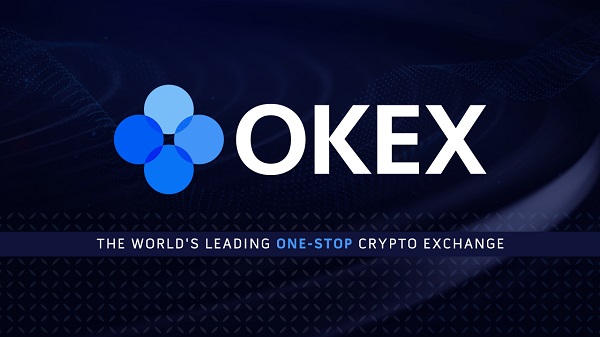
A recent report by Coinbase Research uncovered that restaking has emerged as the second-largest sector in decentralized finance (DeFi) on Ethereum.
The study highlights EigenLayer’s restaking protocol as an important component for new services and middleware on the Ethereum network, potentially offering significant ETH rewards for validators in the future.
EigenLayer’s Restaking Protocol
Ethereum’s proof-of-stake (PoS) consensus mechanism is the largest economic security fund in the crypto space, with nearly $112 billion. While validators securing the network traditionally earned base rewards on locked-up ETH, the introduction of liquid staked tokens (LSTs) paved the way for participants to engage with DeFi by trading or leveraging their staked assets.
EigenLayer’s restaking protocol, launched on Ethereum mainnet in June 2023, has quickly grown to become the ecosystem’s second-largest DeFi protocol by total value locked (TVL), currently at $12.4 billion.
This protocol enables validators to earn additional rewards by securing actively validated services (AVS) by restaking their staked ETH and introducing a new income stream known as “security-as-a-service.”
As EigenLayer prepares to launch its first AVS, EigenDA, in early Q2 24, the Ethereum community anticipates its potential benefits to the network. EigenDA’s role as a data availability layer could impact layer-2 (L2) transactions, offering a modular solution for reducing fees and enhancing efficiency.
The report predicts initial earnings from EigenDA by comparing it to Ethereum’s blob storage expenses. Major Layer-2 solutions currently spend about 10 ETH daily on blob transactions. If EigenDA experiences similar usage levels, the projected yearly restaking rewards of around 3.5k ETH will amount to roughly 0.1% in additional earnings.
Risks and Complexities
While introducing AVSs can strengthen Ethereum’s ecosystem, it also comes with challenges. Each AVS sets its own slashing and claims conditions, leading to potential conflicts if multiple AVSs are involved. The “pooled security” model of EigenLayer further complicates matters, allowing AVSs to customize their security with “attributable security,” creating a complex technical landscape for operators.
Introducing Liquid Restaking Tokens (LRTs) takes away most of this complexity from token holders, potentially leading to hidden risks. LRT providers may prioritize maximizing yields to gain market share, potentially increasing the risk profile. LRTs could also create downward sell pressure on non-ETH AVS rewards if payouts are in ETH, limiting value accrual for restaking.
LRTs also carry valuation risks, with potential dislocations from their underlying value during periods of high staking withdrawal. Proper assessment of LRTs’ collateral value becomes crucial, as shifts in portfolio holdings or AVS earnings could impact their risk profile. In extreme scenarios, faults in the restaking mechanism could threaten Ethereum’s consensus protocol.
LIMITED OFFER 2024 for CryptoPotato readers at Bybit: Use this link to register and open a $500 BTC-USDT position on Bybit Exchange for free!





Be the first to comment